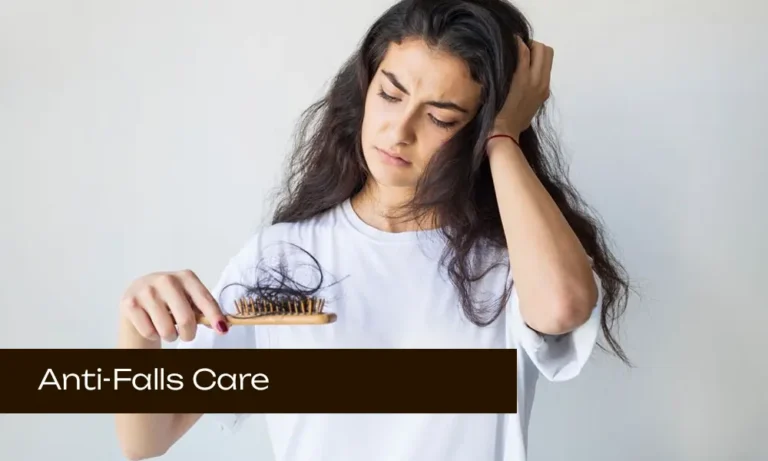Hair loss can result from various factors, and it’s often a combination of multiple elements contributing to thinning or shedding. Some of the most common causes include:
1. Genetics (Male and Female Pattern Baldness)
One of the most common causes of hair fall is genetic predisposition, commonly referred to as male-pattern or female-pattern baldness (androgenetic alopecia). This condition occurs when hair follicles shrink due to the hormone dihydrotestosterone (DHT), causing hair to fall out in stages and preventing new hair from growing.
Men typically experience a receding hairline and thinning at the crown.
Women may experience overall thinning, particularly along the crown, without a noticeable receding hairline.
2. Hormonal Changes and Imbalances
Hormones play a major role in regulating the hair growth cycle, and changes in hormonal levels can lead to increased hair shedding. Common reasons for hormonal imbalances include:
Pregnancy: Due to changes in estrogen levels, some women may experience thicker hair during pregnancy but notice excessive shedding postpartum (postpartum hair loss).
Menopause: A decrease in estrogen during menopause can lead to thinning hair and hair loss.
Thyroid problems: Both hyperthyroidism and hypothyroidism can affect hair health, leading to hair thinning and shedding.
3. Nutritional Deficiencies
Your hair’s health is heavily influenced by your diet. Nutritional deficiencies can lead to hair fall and weakened hair follicles. Common deficiencies that contribute to hair loss include:
Iron: Low iron levels can cause hair shedding, often leading to a condition known as telogen effluvium, where hair enters the shedding phase prematurely.
Vitamin D: A deficiency in vitamin D has been linked to hair loss, as it can affect the hair follicles’ ability to regenerate.
Biotin (Vitamin B7): Biotin helps in the formation of keratin, a protein in hair. A lack of biotin can contribute to brittle hair and increased hair shedding.
4. Stress
Physical or emotional stress can trigger hair loss, often leading to a condition called telogen effluvium. During stressful events, hair follicles enter the shedding phase prematurely, causing noticeable hair loss.
Stress can also lead to the exacerbation of other hair loss conditions, such as autoimmune diseases or hormonal imbalances, which further contribute to thinning hair.
5. Overuse of Hair Styling Products and Heat
Constant use of heat styling tools (flat irons, blow dryers, curling irons) and harsh chemicals (hair dyes, perms, relaxers) can damage hair strands and weaken the hair follicles, making the hair more prone to breakage and shedding.
Using excessive styling products can also weigh down hair and make it more vulnerable to damage. Too much buildup from hair gels, mousse, or hairsprays can clog hair follicles, potentially leading to hair thinning.
6. Scalp Health Issues
Conditions affecting the scalp, such as dandruff, psoriasis, or fungal infections, can contribute to hair fall. An unhealthy scalp environment can hinder hair growth and lead to increased shedding.
Seborrheic dermatitis: Often manifests as red, flaky patches on the scalp, and can lead to hair thinning or loss if untreated.
Psoriasis: This autoimmune condition can cause scalp scaling and hair loss due to inflammation.
Fungal infections: Ringworm or other fungal conditions can also cause hair loss by infecting the scalp and damaging hair follicles.
7. Medications and Medical Treatments
Certain medications and treatments may cause hair loss as a side effect. These may include:
Chemotherapy: A common side effect of chemotherapy drugs is hair loss, as the treatments target rapidly dividing cells, including hair follicles.
Blood thinners, beta-blockers, and antidepressants: Some prescription medications can cause hair shedding or thinning as a side effect.
Birth control pills: Changes in birth control methods or hormone-based contraceptives can lead to changes in hair texture or increased hair shedding.
8. Aging
As you age, hair growth naturally slows down. Hair follicles may become smaller, and the growth cycle may shorten. This can result in thinner hair strands, slower regrowth, and more noticeable hair loss. It’s a natural part of aging, especially in men and women after the age of 50.
